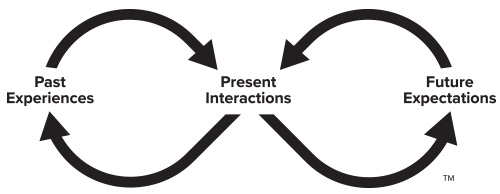The Strength Deployment Inventory 2.0 (SDI 2.0) is an assessment of human motives and strengths.
It stands on the foundation of practical application, scholarship, and research that began with Elias Porter’s introduction of the SDI in 1971 and publication of Relationship Awareness Theory (Porter, 1976). The theory has roots in psychoanalysis (Fromm, 1947) and client-centered therapy (Porter, 1950; Rogers, 1951, 1961).
People in relationships; whether it's a personal or a professional working relationship would find the results of this assessments to be meaningful when they apply Relationship Intelligence in specific contexts, or settings. The reason for that can be understand by knowing the purpose of SDI 2.0, which is to improve the quality of working relationships. People have relationships within themselves, with each other, and with their work. Improving relationships requires beginning with self-awareness. Increased self-awareness results from greater conscious understanding of the true self, and the reduction or removal of defenses against self-understanding. Greater self-awareness enables more clear and accurate understanding of others. Relationships are psychological connections over time; they have history, the present moment, and expectations for the future. The SDI 2.0 itself is based on foundational concepts that lead to specific types of measured data collection, reliability, reporting, scoring, testing and validity, and the application of assessment results. The assessment will take a whole-life, systems view of personality, and situate the deployment of strengths in a workplace context, based on respondents’ roles. It will take the participants through components that are shown in the figure below:
On the picture, there are 4 views: Motivational Value System, Conflict Sequence, Strengths, and Overdone Strengths, which are connected with the other three. The picture above identifies four of the clearest connections, which are often used in training and development efforts that include the SDI 2.0. The MVS is part of core personality. People’s drives, motives, and values influence the way they choose to deploy their strengths at work. The use of strengths at work is most authentic when people deploy their strengths for an underlying reason that resonates with their MVS.
SDI 2.0 is intended to:


